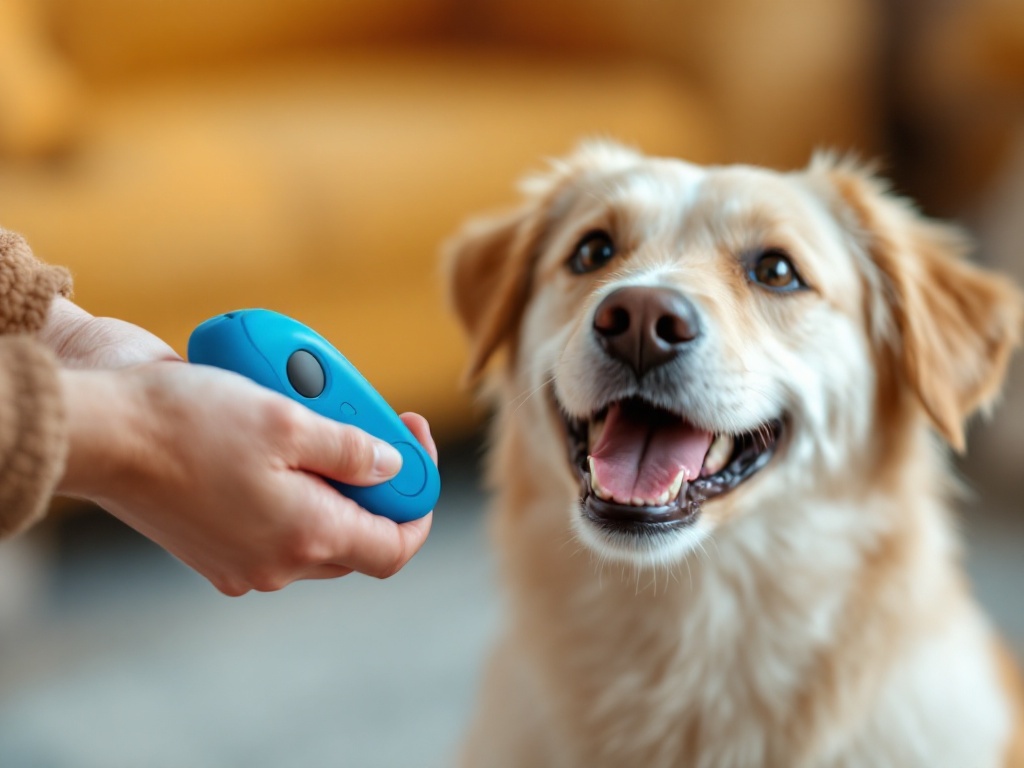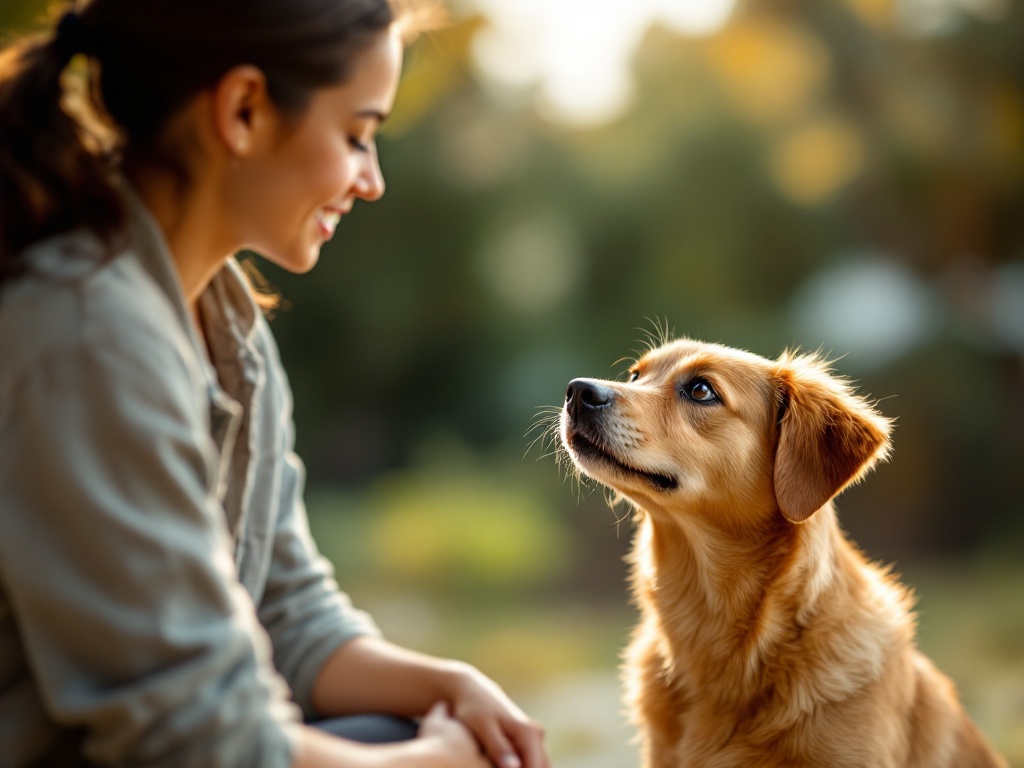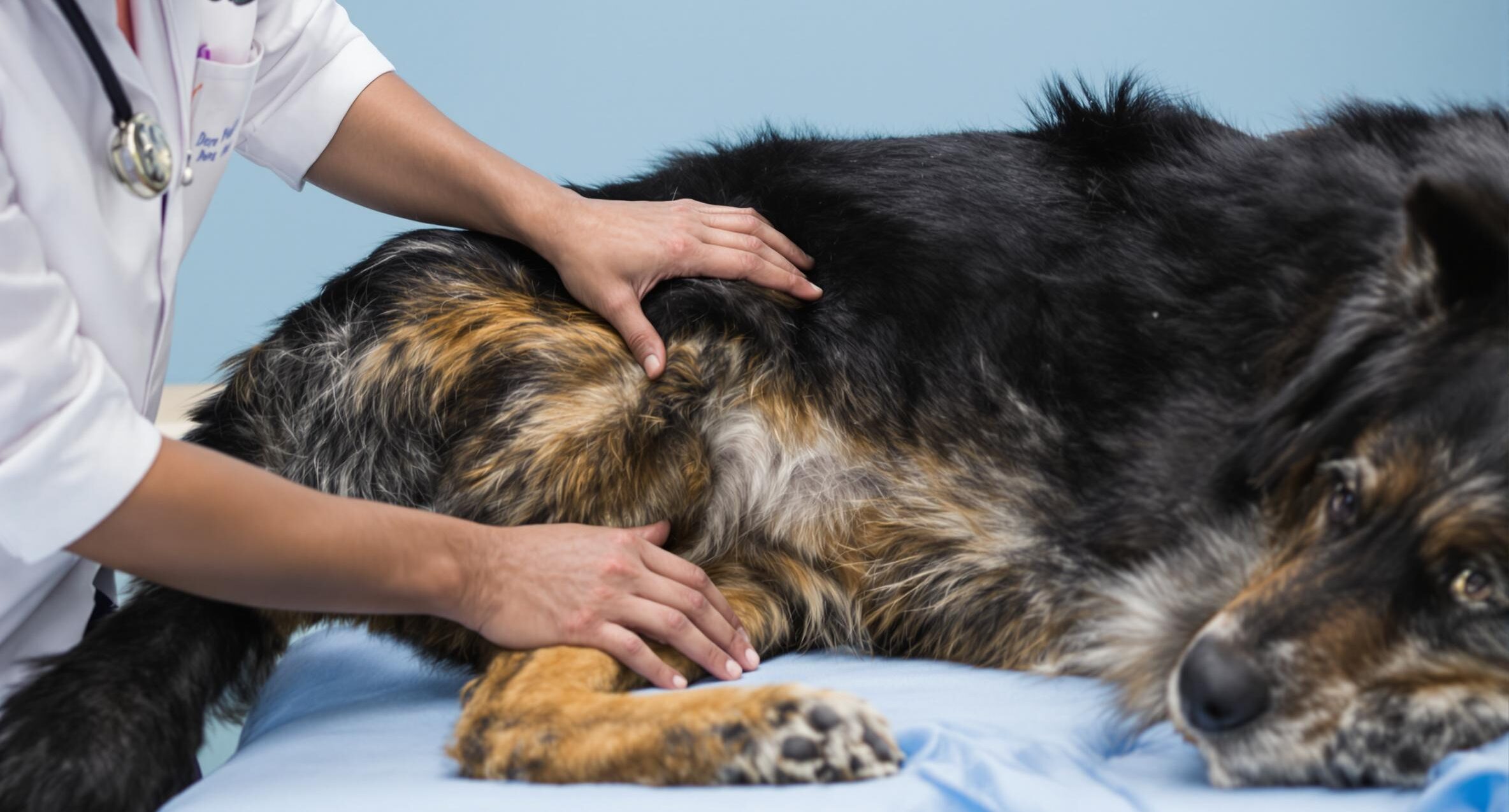7 Easy Steps for Training Your Dog to Sit

Key takeaways:
- Training your dog to sit uses positive reinforcement, enabling effective learning and strengthening the bond between you and your pet.
- Consistent short training sessions, utilizing treats and other rewards, foster faster mastery of commands and prevent overfeeding.
- Understanding your dog’s body language and maintaining patience are essential in creating a successful and joyful training journey.
You sit down to unwind after a long day, but your dog has other plans—jumping, running, and turning your quiet moment into chaos. Sound familiar? Teaching your dog to sit isn’t just a trick—it’s the key to a calmer, well-behaved pup. This simple yet essential command lays the foundation for good manners, helping your dog understand boundaries while strengthening your bond. With patience and consistency, you can turn those chaotic moments into structured, rewarding interactions that make life easier for both of you.
The benefits of proper sitting technique extend beyond basic training. Consistent training sessions enhance your dog’s confidence and happiness while maintaining correct posture prevents potential hip and muscle problems. At PetHealthMD, we understand every training experience is unique to each dog and owner. Start your training success story with our step-by-step guide to teaching the perfect sit command.
Step 1: Understand dog training basics
Dogs learn through patterns and associations, making every interaction a teaching moment. When your pup wags its tail at the sight of its leash or comes running at the sound of its food bowl, it’s showing how it connects experiences with outcomes. This natural learning style, associative learning, forms the foundation for successful dog training basics.
Building on this natural ability, the magic happens quickly after your dog follows a command. Just like capturing a puppy’s first playful bounce in a photo, timing is everything in training. Many pet parents find that keeping small treats in an easily accessible pouch helps them reward their furry friends right on time.
Reward-based training helps strengthen the connection between you and your dog. Small, soft treats like tiny pieces of cooked chicken or commercial training treats work wonderfully for most dogs. Some pups respond better to a favorite toy or an enthusiastic “good dog!” paired with belly rubs. Dogs can feel uncertain when learning something new, so patience and consistent praise help build their confidence.
Step 2: Implement positive reinforcement techniques
Positive reinforcement creates a joyful learning environment where your dog looks forward to training sessions. This gentle approach builds trust and strengthens your bond, making learning new commands a rewarding experience for both of you.
- Change up rewards between small, healthy treats, gentle petting, and favorite toys to keep training effective.
- Give rewards immediately (within 2-3 seconds) after your dog sits to help them connect the action with the positive outcome.
- Use encouraging phrases like “good sit!” or “well done!” in a warm, cheerful voice—your enthusiasm is an extra reward.
- Keep training sessions short (5-10 minutes) and playful, always ending on a positive note to build good habits.
- Start by rewarding every correct sit with a treat and praise to reinforce the behavior strongly. Once your dog consistently follows the command, begin transitioning to intermittent reinforcement by offering treats randomly while still providing verbal praise every time. This gradual shift helps your dog continue obeying the command without relying solely on food rewards, reinforcing their understanding that sitting is always a positive behavior.
Step 3: Strategically use treats in dog training
Training treats are helpful tools for teaching your dog new behaviors. Choosing the right treats and using them correctly helps keep training sessions fun and effective.
- Pick small, bite-sized portions for frequent rewards without overfeeding.
- Rotate between high-value treats to keep your dog interested—lean chicken, small pieces of cheese, or healthy options like carrots and apple slices.
- Use a separate training treat pouch so your dog recognizes when it’s time to learn.
- Plan training sessions around mealtimes when your dog is naturally more eager to earn food.
- Keep treats handy so you can reward your dog quickly and reinforce positive behavior.
If you’re new to treat-based training, start with small amounts and see what motivates your dog. Some dogs are happy to work for kibble, while others need something extra special to stay engaged.
Step 4: Build a consistent training routine
A steady training routine makes learning easier and more enjoyable for your dog. Research shows that dogs learn best through short, focused training sessions, and daily practice helps them feel more confident.
Daily training opportunities:
- Ask for a sit before meals, treats, or walks.
- Practice during natural pauses like street crossings or before opening doors.
- Have your dog sit before greeting family members or visitors to encourage calm behavior and prevent jumping. Teaching this habit helps your dog understand that sitting leads to attention and interaction, reinforcing impulse control. Over time, this practice makes greetings more manageable and enjoyable for both your dog and your guests.
Timing and technique:
- Schedule two 5-minute focused sessions daily.
- Break longer sessions into 3-minute training bursts with short play breaks.
- Mix commands with quick games to keep training fun.
Step 5: Leverage clicker training for improved results

Clicker training can add precision and excitement to training sessions. Here’s how to use it effectively:
- Choose a comfortable clicker and build positive associations by clicking and treating at the same time.
- Click at the exact moment your dog performs the desired action to mark the correct behavior clearly. For example, when teaching ‘sit,’ click as soon as your dog’s bottom touches the ground, then immediately reward them with a treat. This precise timing helps your dog understand exactly what action earns them a reward, reinforcing the sit command more effectively.
- Start with simple behaviors in a quiet room and gradually practice in different settings.
- Keep training sessions short (5-10 minutes) to keep your dog engaged and prevent boredom.
Step 6: Recognize and respond to your dog’s body language
Your dog is always communicating through their body language. Watching for these signals can help you understand how they’re feeling during training:
- A wagging tail to the right often means your dog is happy and confident, while wagging to the left may show uncertainty.
- Lip licking, yawning, or looking away can be signs that your dog needs a break.
- Forward-pointing ears show interest, while flattened ears may indicate nervousness.
Step 7: Cultivate patience and perseverance in training
Patience is key when training your dog. If they seem distracted or slow to respond, stay calm and remember that every dog learns at their own pace.
- Use everyday moments to practice patience.
- Start with small exercises like waiting calmly for their food bowl or pausing before going through doorways.
- Celebrate each small success to build confidence and keep training positive.
Training tip:
When feeling frustrated, try the “3-3-3” rule—take three deep breaths, count to 3, and think of 3 things your dog has learned successfully. This quick reset helps keep training enjoyable for both of you.
FAQs on teaching your dog to sit
How long will it take my dog to master “sit”?
Most dogs learn to sit reliably within 1-2 weeks with short, fun training sessions. Consistency is key, so daily practice will reinforce the behavior and improve response time. Some dogs may take longer, depending on their personality and environment.
How can I keep my dog excited about learning to sit?
Make training fun by mixing short sessions with favorite activities. Try using hide-and-seek, fetch, or agility exercises to make learning feel like a game.
Will my older dog respond to sit training?
Older dogs can still learn! While they may take a little longer to pick up new commands, their bond with you can make training smoother. Break lessons into smaller steps, use gentle praise and be patient as they adapt.
What should I do if my dog refuses to sit?
If your dog refuses to sit, try using a higher-value treat or a favorite toy as motivation. Make sure you’re in a quiet environment, and use a gentle guiding motion with the treat. If they still resist, shorten training sessions and try again later. Some dogs may struggle due to distractions, excitement, or lack of understanding. In these cases, try training in a calmer setting and break the command into smaller steps, such as rewarding them for bending their back legs before fully sitting. Patience and consistency will help your dog grasp the command over time.
How do I transition from treats to verbal praise?
To phase out treats, start rewarding with food occasionally while increasing praise and petting. Over time, your dog will learn to respond reliably to praise alone.
Enjoy the rewards of successful dog training

Teaching your dog new skills is both rewarding and an excellent way to strengthen your bond. Short, daily training sessions make progress easier and help reinforce good behavior. Each successful command adds to your dog’s confidence, making learning an enjoyable experience for both of you.
Reinforcing basic commands or introducing new ones requires consistency and a positive approach to be effective. Patience and encouragement will help your dog thrive in training. If you’re looking for expert-backed pet training tips and reliable health advice, visit PetHealthMD today and learn how to give your dog a happy, well-behaved life!





